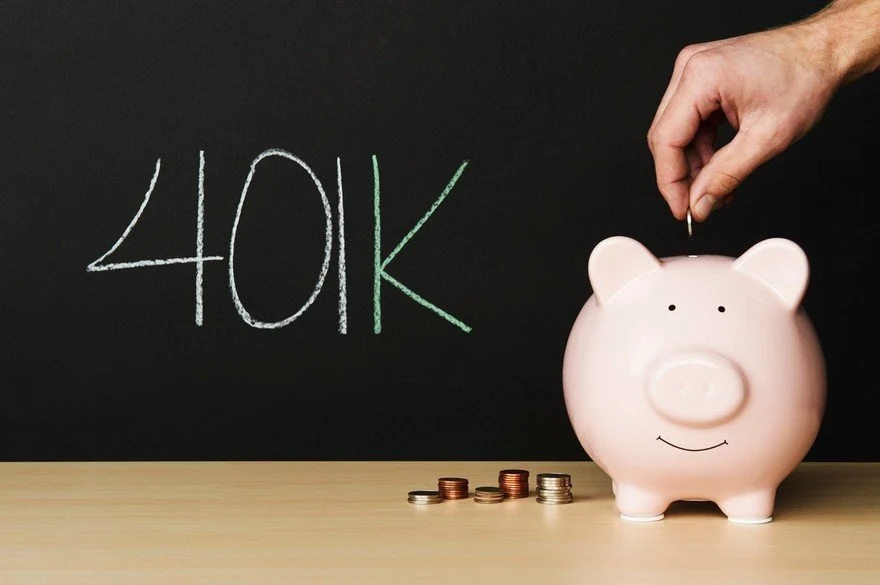If you manage to kick off your senior years with a nice amount of savings, you might set yourself up for a meaningful retirement — one that’s filled with fun experiences and devoid of financial worries. And if you have access to a 401(k) plan through work, then you may be motivated to sign up for it.
The upside of participating in a 401(k) is getting an opportunity to snag free money for your retirement. It’s common for companies that sponsor 401(k)s to match worker contributions to some degree. So if your employer is willing to match 3% of your salary, and you earn $75,000 a year, then by putting $2,250 into your 401(k), you’ll get a free $2,250 courtesy of your employer.
Plus, 401(k)s come with generous annual contribution limits. In 2023, you can put in up to $22,500 if you’re under the age of 50 and up to $30,000 if you’re 50 or over. Granted, many of us can’t afford to max out a 401(k) — but it’s nice to have the option.
But while there are clear benefits to funding a 401(k), you may not want to keep all of your retirement savings in one for a couple of good reasons.
1. IRAs offer more investment options
One downside of 401(k)s is that they generally limit you to investment funds, like index and mutual funds, and do not allow you to invest in individual stocks. But IRAsdo let you invest in individual stocks. And that’s a good thing for a couple of reasons.
Some of the funds commonly offered in 401(k)s can come with expensive fees attached to them (notably, mutual and target date funds). Also, when you get to buy individual stocks, you get a truly customized portfolio. You can put together a mix of investments you feel is conducive to meeting your personal goals. So while it’s a good idea to contribute enough to your 401(k) to snag your full employer match, once you’ve done that, you may want to invest some of your money for retirement in an IRA.
2. Taxable brokerage accounts offer more flexibility
While IRAs and 401(k)s offer nice tax breaks that make it worthwhile to fund these accounts, there’s a drawback to them. Both accounts prohibit you from accessing your money prior to age 59 1/2. And if you take a withdrawal before that point, you’ll generally lose 10% of the sum you remove from your account as a penalty.
Now you may be thinking, “I’m not planning to retire before my mid- or late 60s, so that’s not a problem.” But what if you’re forced out of a job at, say, age 57 due to downsizing? Or what if health issues make it so you’re better off working part-time at that point?
It’s important to have access to at least some of your retirement savings before age 59 1/2. But if you keep all of your money in a 401(k), you’ll be more limited.
A better option may be to fund your 401(k), but also set aside a little bit of money in a taxable brokerage account. That way, you can access some of your money whenever you want.
There are many good reasons to participate in a 401(k) plan when that option is made available to you. But it’s also a good idea to keep some of your retirement savings outside of a 401(k) so you have more investment choices and more flexibility to access your funds when you want to.

